Newsflash, people: Mutants are not just a concept from the movies. Genetic mutations are more common than we might think!
It turns out that redheads and green-eyed beauties alike may or may not find their roots are really from a DNA surprise. And beyond that, there are a lot of conditions the public knows little about:
From extra fingers and extra legs to having Mermaid, Werewolf, and Tree Man Syndrome, there's a lot to explore for those biology nerds at heart!
Against All Odds
Sporadic DNA changes or the reemergence of secret recessive genes have a lot of looks these days.


What is the probability of giving birth to twins, triplets, quadruplets or even conjoined twins? How many people have 'Golden Blood'? How many are born with superior IQ above 178?
Odds of being born with Gigantism? It's time to compare the rarest cases humanity has ever known, cataloged by cold, hard science! Read on to discover human diversity as you've never seen!
Left Handed
Probability: 1 in 10
Well, well. With just 10% of the population being left-handed, it can be easy for everyone else to forget we're living in a right-handed world.
Many studies about left-handed people have been done over the years, but the only common conclusion was that any effect on performance or mentality is pretty slim.


Famous left-handed individuals include Napoleon, Leonardo Da Vinci, Bill Gates, Keanu Reeves, and Barak Obama. Lefties, unite!
Odds of being born with Gigantism? It's time to compare the rarest cases humanity has ever known, cataloged by cold, hard science!
Sociopath
Probability: 1 in 25
Psychopath and sociopath are terms sometimes used to describe individuals with antisocial personality disorder (ASPD).
These terms are not always used correctly, though the public does try to communicate about this situation — as they must!


While it's complicated, there seems to be some genetic component to this scary condition.
People with ASPD often break rules, make impulsive decisions, and harm others without feeling guilty at all. Science help us, ASAP!
Odds of being born with Gigantism? It's time to compare the rarest cases humanity has ever known, cataloged by cold, hard science!
True Psychopath
Probability: 1 in 100
Next level stuff: Psychopathy is traditionally a personality disorder characterized by persistent antisocial behavior, impaired empathy and remorse, and bold, disinhibited, and egotistical traits.


A close cousin of the sociopath, different conceptions have been used throughout history.
Even more extreme than ASPD and thought to be genetically induced, notable examples include serial killer Ted Bundy and cult leader Jim Jones.
Green Eyes
Probability: 1 in 50
Totally underrated, right? Green eyes are most common in Northern, Western and Central Europe.


In Ireland and Scotland, 14% of people have brown eyes and 86% have either blue or green eyes. Famous green-eyed people include Scarlett Johansson and Dutchess of Cambridge, Kate Middleton. And don't forget one important name: Harry Potter!
Autism
Probability: 1 in 59
Autism is a condition where the affected person has difficulty in social interactions and communication. Many manifestations exist, some more severe than others.


But with restricted or repetitive patterns of thought and behavior, things can be tough out there!
Parents usually notice signs during the first three years of their child's life. Globally, autism is estimated to affect 24.8 million people as of 2015!
Twin Birth
Probability: 1 in 85
We all know what twins are, and we love them! This baby blessing comes either from the same egg making them identical or from two separate eggs fertilized by two different sperm cells. These are called fraternal twins, of course.


But wait — did you know that twins can come from two different fathers? One such case occurred when Mia Washington gave birth to both a black and white baby together in 2009!
White Skin Patches
Probability: 1 in 120
Medical Name: Vitiligo
Vitiligo is a long-term skin condition characterized by patches of the skin losing their pigment. The patches of skin affected become white and usually have sharp margins. The hair from the skin may also become white!


Notable people with this condition are singer Michal Jackson and model Winnie Harlow.
Different Colored Eyes
Probability: 1 in 167
Medical Name: Heterochromia
The condition can be hereditary through birth or acquired through injury or infection. The difference in the color may range from varying shades of grey to two totally contrasting colors like blue and brown.


Famous people with this condition include David Bowie, Christopher Walken, Benedict Cumberbatch, and Mila Kunis. Famous animals include a subset of deaf, white cats!
Extra Finger / Toe
Probability: 1 in 500
Medical Name: Polydactyly
In humans and animals, this condition can present itself on one or both hands. The extra finger or toe is often smaller than the other five, and usually surprises new moms! It is usually a small piece of soft tissue that can be removed, though.


This condition is a dominant gene, meaning if one of the parents has this gene the offspring has a 50% chance of getting it!
Above 144 IQ
Probability: 1 in 600
Human intelligence is challenging to fully define, but there are some tests that have been developed worldwide. The IQ scale varies between countries, but it is most common that the bar for "Genius" status is 144 points.


13 previous U.S presidents are believed to have surpassed that bar, including Bill Clinton and Thomas Jefferson. No surprises, there!
Down's Syndrome
Probability: 1 in 700
Medical Name: Trisomy 21
Down syndrome, also known as trisomy 21, is a genetic disorder caused by the presence of one extra chromosome.
It is usually associated with physical growth delays, mild to moderate intellectual disability, and characteristic facial features.


The average IQ of a young adult with Down syndrome is 50, equivalent to the mental ability of an 8- or 9-year-old child, but this can vary widely.
Little known fact: The older the mother is when giving birth the likelier the odds of the child getting it. The risk of Down's is 1 in 940 for a woman at age 30. By 40, the risk rises to 1 in 85!
Extra Arms / Legs
Probability: 1 in 1700
Medical Name: Polymelia
Polymelia means an individual has more than the normal number of limbs. In humans, this means having five or more arms or legs!
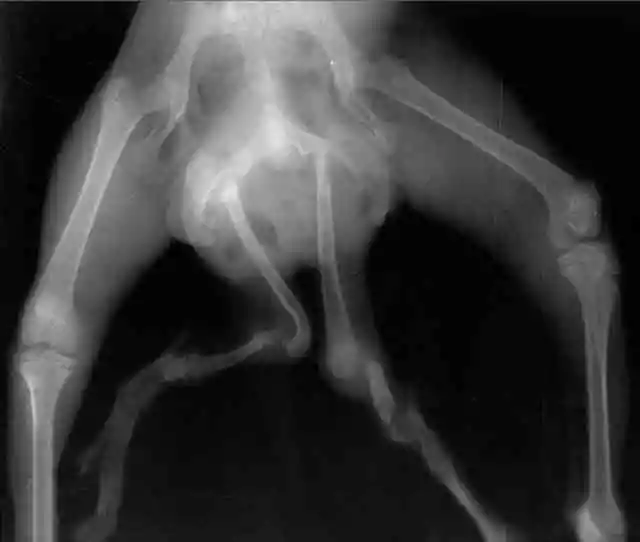
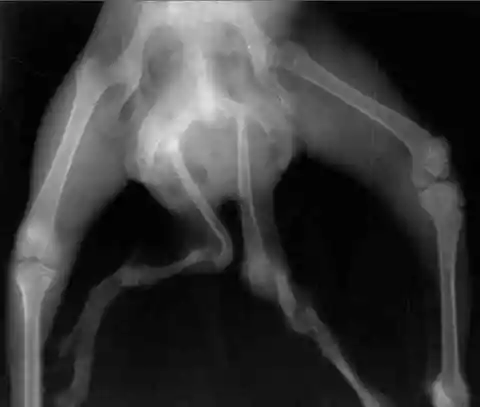
The extra limb is usually shrunken or deformed, not functional. Why does this happen? Sometimes an embryo starts as conjoined twin fetuses, but one twin disappears except for the extra limb! There are other causes of this genetic anomaly, but it's always a surprise!
Tumor Nerve Growth
Probability: 1 in 3500
Medical Name: Neurofibromatosis
Neurofibromatosis is a group of three conditions in which tumors grow in the nervous system.
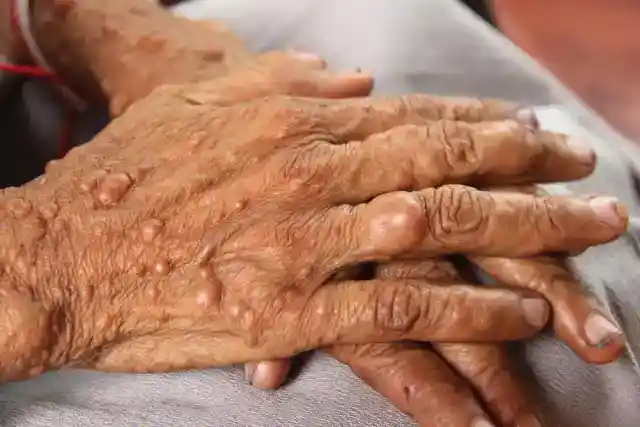
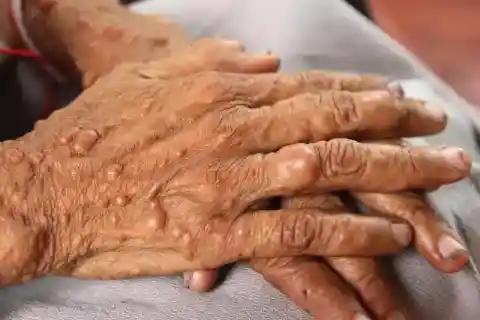
The cause is a mutation in certain genes, like many unusual conditions. These can be inherited from a person's parents, or in about half of cases spontaneously occur during early development. Unfortunately there is no known cure!
Small Head
Probability: 1 in 5000
Medical Name: Microcephaly
This condition refers to babies that are born with significantly smaller heads than normal, even as the baby grows.
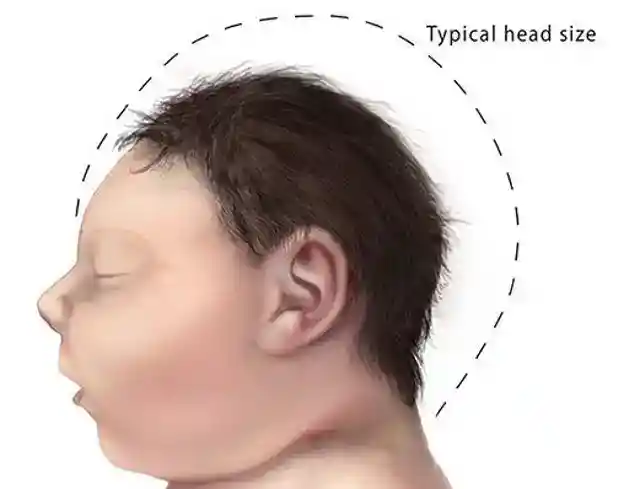
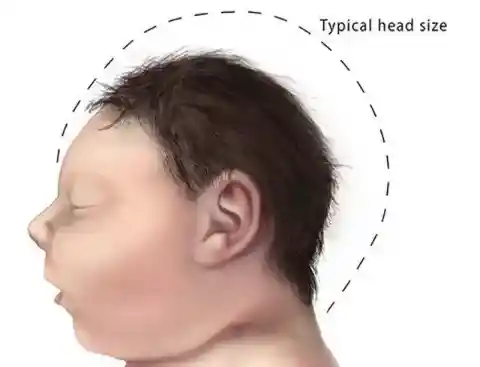
While the cause can be genetic, it can often occur due to radiation or viral reasons. The 2015 Zika outbreak is responsible for a huge number of these cases!
Triplets Birth
Probability: 1 in 7200
Triplets can be either fraternal, identical, or a combination of both. The most common are strictly fraternal triplets.


Famous triplets include the Dahm kids, who together modeled as Playboy Playmates in 1998 and the Luik Triplets who all participated in the 2016 Olympic Marathon. Two is company, three's a crowd!
Albinism
Probability: 1 in 17,000
Albinism is a congenital disorder characterized in humans by the complete or partial absence of pigment in the skin, hair, and eyes.


Albinos also tend to have pink or even reddish eyes! That may sound visually interesting, but it has its real dangers as well. Lack of skin pigmentation means more susceptibility to sunburn and skin cancers!
Exposed Brain
Probability: 1 in 20,000
Medical Name: Anencephaly
Anencephaly is the absence of a major portion of the brain, skull, and scalp that occurs during embryonic development.
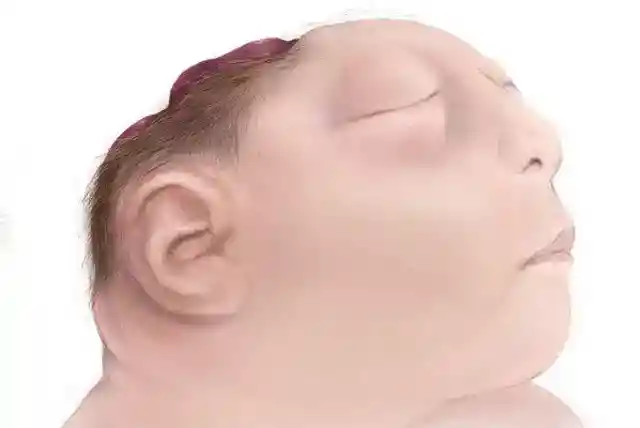
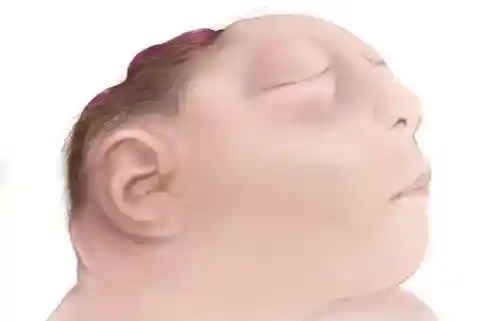
It is 6 times more likely to occur in whites than blacks. Babies have no chance to survive after birth since the parts that control the heart and other internal organs are missing. Sad times!
Blind & Deaf
Probability: 1 in 35,000
Medical Name: Usher Syndrom & Reinitis Pigmentosa
This condition of being both blind and deaf was made famous mostly due to Helen Keller. An American author, political activist, and lecturer, she was the first deaf-blind person to earn a Bachelor of Arts degree.


The story of Helen and her teacher Anne Sullivan was made famous by her autobiography, The Story of My Life. Fun fact: Her birthplace in West Tuscumbia, Alabama, is now a museum. A true inspiration, even 100 years later!
Mermaid Syndrome
Probability: 1 in 85,000
Medical Name: Sirenomelia
Sirenomelia, also called mermaid syndrome, is a rare congenital deformity in which the legs are fused together, giving the appearance of a mermaid's tail, hence the nickname.
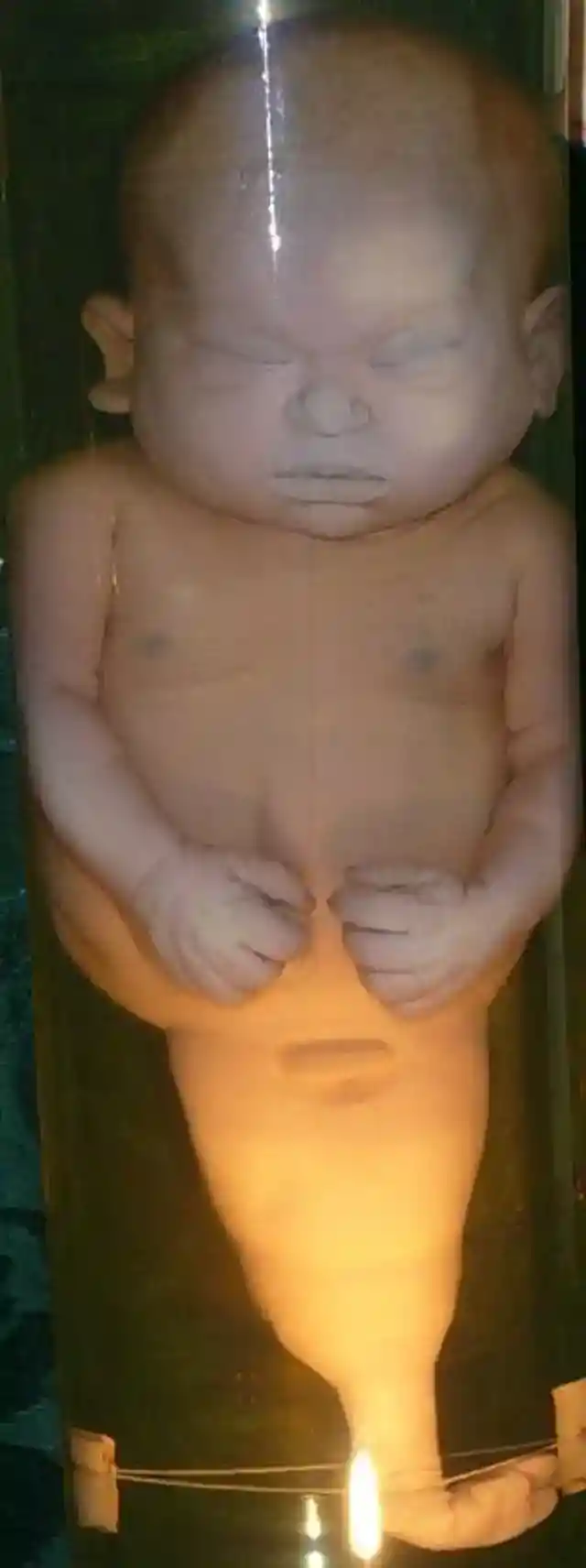
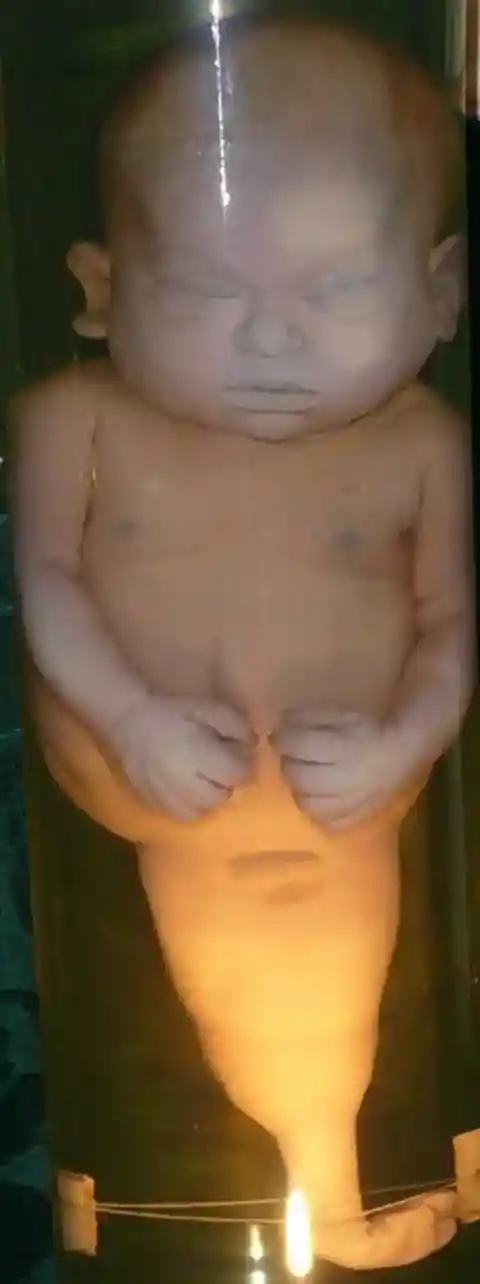
Babies born with this condition usually don't survive more than a few months. The longest surviving patient to date was Tiffany Yorks who underwent a successful surgery when she was young and lived till the age of 27. Medicine advances every day, though!
Claw Like Hands
Probability: 1 in 90,000
Medical Name: Ectrodactyly
This condition refers to the absence of the middle or index finger (or both).
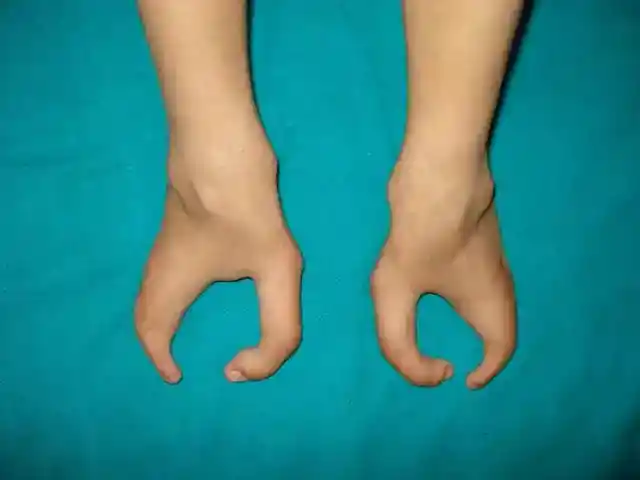
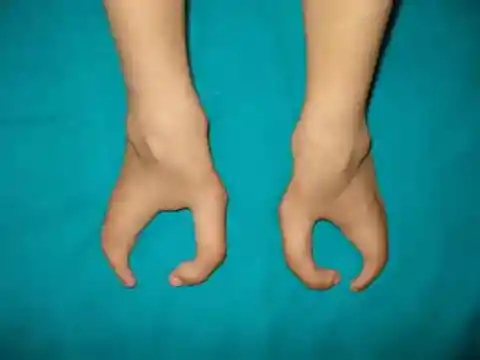
The hands and feet of people with ectrodactyly (ectrodactyls) are often described as "claw-like" and may include only the thumb and one finger (usually either the little finger, ring finger, or a syndactyly of the two) with similar abnormalities of the feet. Pretty unusual, right?
Singular Eye
Probability: 1 in 95,000
Medical Name: Cyclopya
This birth defect happens due to the failure of the body to properly divide the orbits of the eye into two cavities. Babies born with this condition usually also lack noses or have a nose that doesn't work.
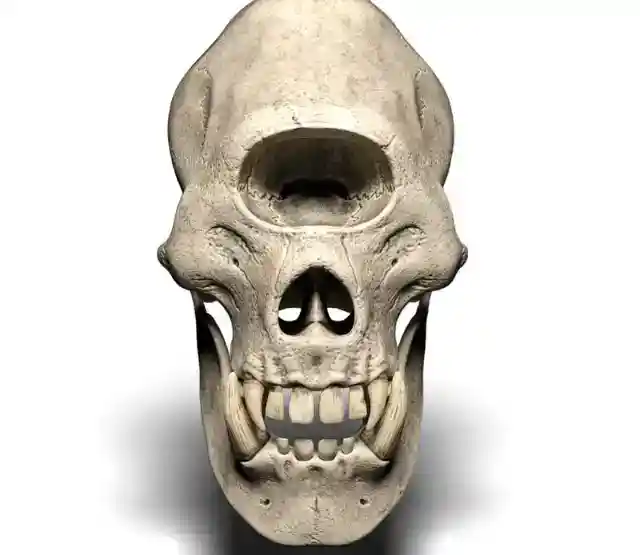
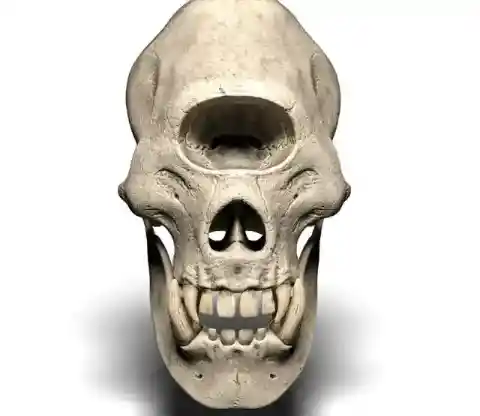
Wondering why you've never seen this one in real life? This is probably one of if not the most fatal conditions on the list, as babies born with Cyclopia rarely live longer than a day! Oddly, some babies with this condition are kept on display in museums for educational purposes.
Back Bending Knee
Probability: 1 in 100,000
Medical Name: Genu Recurvatum
Genu Recurvatum is a deformity in the knee joint, causing the knee to bend backward. In this deformity, excessive extension occurs in the tibiofemoral joint. Genu Recurvatum is also called knee hyperextension and back knee. Hyperextension of the knee may be mild, moderate or severe.


This deformity is more common in women. The most famous case is Ella Harper a sideshow performer in the early 1900's who was billed as "The Camel Girl". Crueler times, for sure!
Gigantism
Probability: 1 in 125,000
Gigantism is a condition characterized by excessive growth and height significantly above average. In humans, this condition is caused by over-production of growth hormone in childhood resulting in people 7 to 9 ft (2.1 to 2.7 m) in height.


The most famous person with this condition was probably André the Giant who used his size to become a famous wrestler. Turned out okay for him, professionally! Sadly, this condition is associated with heart problems. André was no exception and died prematurely for this very sad but genetically predictable reason.
Absolute Genderless
Probability: 1 in 150,000
Medical Name: Gonadal Dysgenesis
Pretty unusual, but it exists! People born with this condition do not have any functional sex glands (no testicles or ovaries).
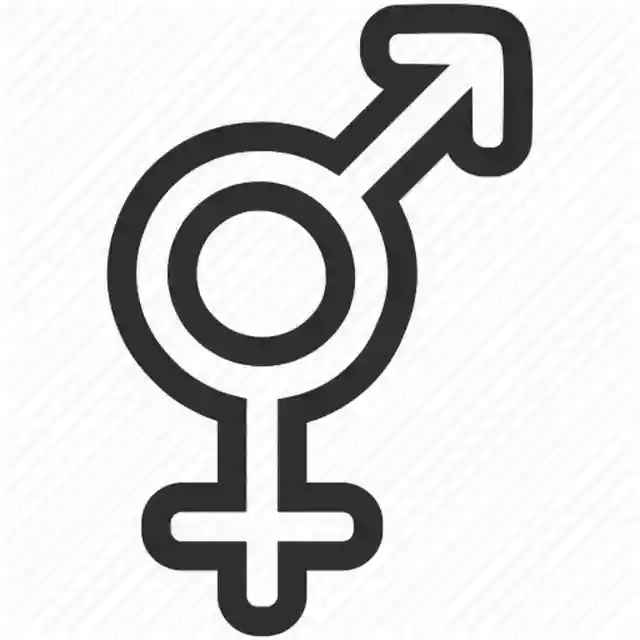
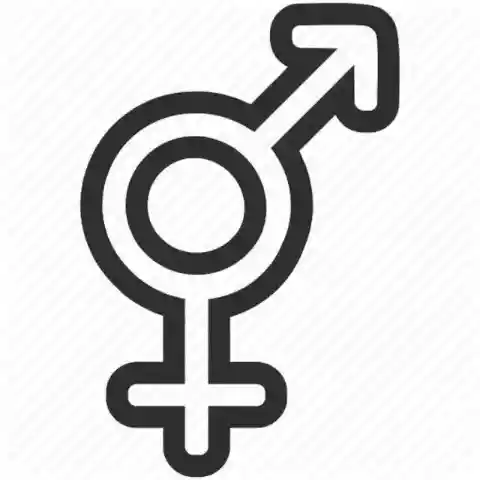
As a result, they do not go through puberty naturally at all, and must undergo hormone treatments in order to 'grow up' like everyone else. Modern medicine really is miraculous these days!
Conjoined Twins
Probability: 1 in 200,000
Conjoined twins are identical twins joined in utero. Not many are seen out in public, and this is because approximately half are stillborn. An additional one-third die within 24 hours! Most live births are female, with a ratio of 3:1.


Some survive though, and this always presents a serious lifestyle issue for the twins. It is possible to separate conjoined babies by surgery, depending on the organs shared. But it's tricky stuff, every time!
The most famous conjoined twins are the "Siamese Twins". They both lived till the age of 63, both got married and gave birth to 21 children in total without ever being surgically separated!
Red-Plated Skin
Probability: 1 in 300,000
Medical Name: Harlequin ichthyosis
Harlequin-type Ichthyosis is a genetic disorder that results in thickened skin over nearly the entire body at birth.
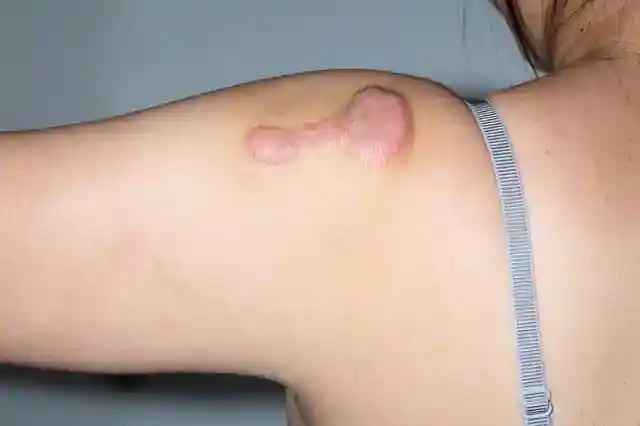

The skin forms large, diamond-shaped plates that are separated by deep cracks. They affect the shape of the eyelids, nose, mouth, and ears, and limit movement of the arms and legs!
Quadruplets Birth
Probability: 1 in 600,000
Quadruplet births are extremely rare, with only a handful of them recorded in history. There are more births like those in modern times, though.


As a result of assisted reproductive techniques like in-vitro fertilization, we may be seeing more and more of them in the future!
Skin Overgrowth
Probability: 1 in 1,000,000
Medical Name: Proteus Syndrome
As a genetic mutation, this refers to the overgrowth of the bones, skin or other tissues that cause them to grow out of proportion with the rest of the body.


The growth is asymmetric, causing the person to look lopsided. Only a few more than 200 cases have been confirmed worldwide, with estimates of 120 people currently alive with the condition.
Above 178 IQ
Probability: 1 in 10,000,000
Individuals with such IQ are considered child prodigies, and we've all seen a few movies about these folks.


They enter university at a very young age and outpace current classmates in college! Some have the ability to learn a new language just by watching TV. Socially, it's usually a struggle, though. Who do you hang out with afterschool as a 12-year-old in the Harvard physics department, anyway?
Conjoined Triplets
Probability: 1 in 50,000,000
The name here is a little misleading, because a typical situation includes 2 conjoined babies with a third floater totally unattached. Pretty unusual stuff, people!


Anything can happen, though: One documented case in 2005 showed an MRI of conjoined triplets joined at the head! They were not carried to term, but still serve as a medical case for further study.
Quintuplets Birth
Probability: 1 in 57,000,000
Quintuplets are a birth of five babies at once. Sometimes called a quint, this group is usually mixed, male and female!


Fertility drugs are increasing this phenomenon and can be a result of split eggs or mixed eggs in one womb. The first set of all-girl quintuplets happened in the United States back in 2015. And more to come, no doubt!
RH-Null Blood Type
Probability: 1 in 175,000,000
This blood type is so rare that only 43 people in the world are recorded to have it! It is nicknamed the "golden blood", but why? Apparently one pint of this liquid is comparable to the cost of gold!
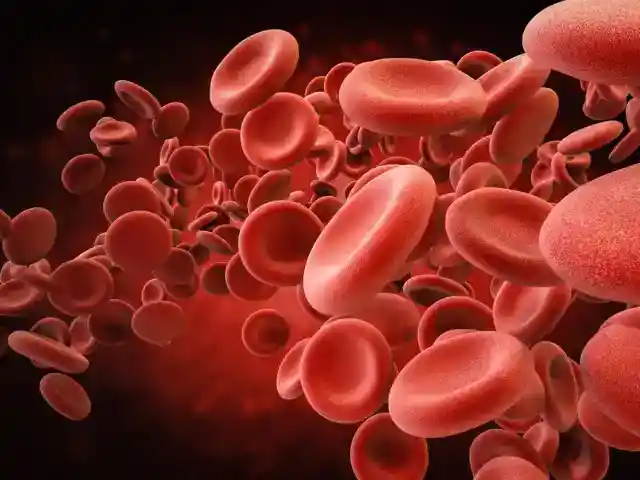
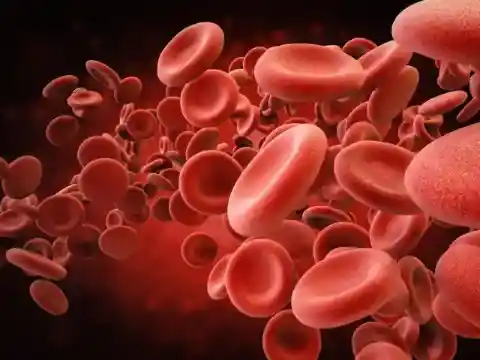
That is because this blood can be donated to even the rarest RH group type, making it extremely valuable in the medical field. Finding this stuff would be no average day at The Red Cross, that's for sure!
Tree Man Syndrome
Probability: 1 in 375,000,000
Medical Name: Epidermodysplasia verruciformis
Tree Man Syndrome is an extremely rare hereditary skin disorder associated with a high risk of skin cancer. The visible symptoms are the result of the growth of scaly macules and papules resembling tree bark, particularly on the hands and feet.


The condition usually has an onset between the ages of one and 20, but it can occasionally be present in middle age. One day, doctors hope to be able to do more than just remove bits and pieces surgically. But as of now, no cure has been found!
Werewolf Syndrome
Probability: 1 in 1,000,000,000
Medical Name: Hypertrichosis
Hypertrichosis is an abnormal amount of hair growth over the body, and it's been around forever. Several circus sideshow performers in the 19th and early 20th centuries had the condition, such as Julia Pastrana.


Many of them worked as so-called freaks and were promoted as having distinct human and animal traits. A terrible and hurtful misunderstanding, before DNA was discovered!
>5 Tuplets Birth
Probability: 1 in 4,700,000,000
This is a very, very rare occurrence. Like other multiple births, it happens more these days due to fertility-enhancing drugs and in-vitro fertilization. But it doesn't always go well, even with modern medicine.
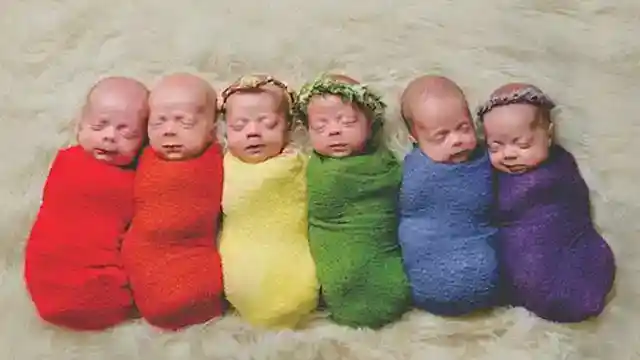
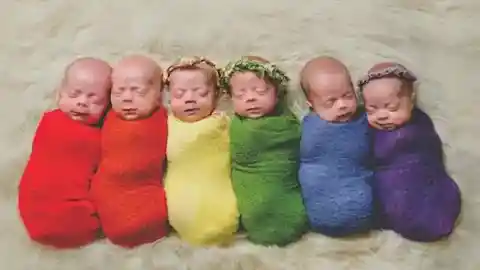
In 2013, a woman gave birth to 10 babies. Unfortunately, none of them survived! Her body rejected them, and she went into labor only 12 weeks into pregnancy.
You
Probability: 1 in 220,000,000,000
The chance that a specific person like the one reading this to be born is astronomically impressive.
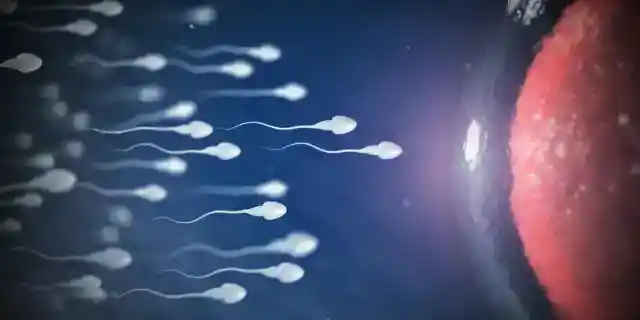

A male produces 525 billion sperm in his lifetime, on average. The global fertility rate per woman is 2.4. That means You are the 1 among 220 billion sperm that won the race at the right place and the right time. Congratulations, you!